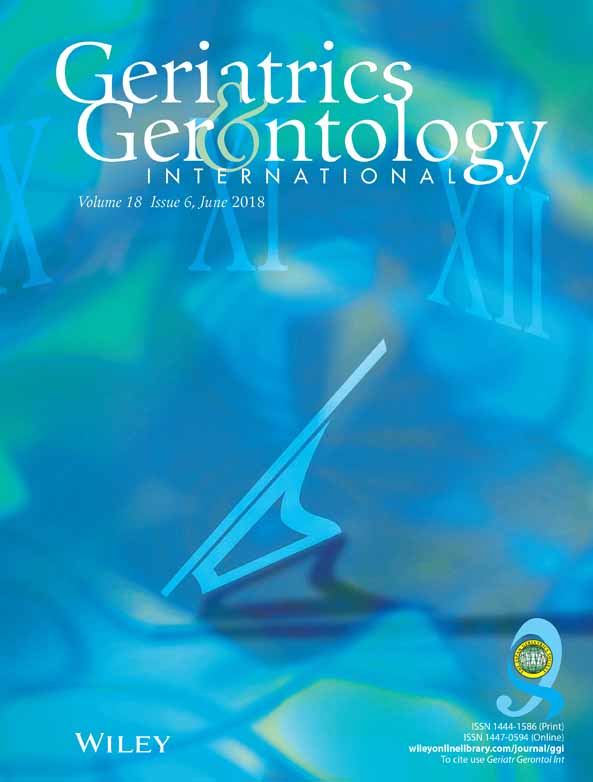Prevalence of sarcopenia and association with oral health-related quality of life and oral health status in older dental clinic outpatients
Abstract
Aim
The relationship between oral health-related quality of life (OHRQoL) and sarcopenia is unknown. The purpose of the present study was to clarify the prevalence of sarcopenia in older dental clinic outpatients and its relationship with OHRQoL and oral health status.
Methods
This cross-sectional study used data from consecutive dental clinic outpatients aged ≥65 years. The Oral Health Impact Profile-14 was used for the evaluation of OHRQoL, and the Oral Health Assessment Tool was used to assess oral health status. Sarcopenia was diagnosed according to the Asian Working Group for Sarcopenia criteria. Uni- and multivariable analyses were carried out to investigate the relationship between sarcopenia and Oral Health Impact Profile-14 and Oral Health Assessment Tool scores.
Results
This study involved 279 patients (173 women, 106 men) with a mean age of 76 ± 7.5 years. The sarcopenia prevalence rate was 30.2%, and patients with sarcopenia had significantly poorer OHRQoL and oral health status than did patients without sarcopenia. Furthermore, sarcopenia was independently associated with Oral Health Impact Profile-14 and Oral Health Assessment Tool scores even after adjusting for confounding factors, such as age, sex, nutritional status, activities of daily living, dysphagia, comorbidities, polypharmacy and clinical dental findings.
Conclusions
Sarcopenia was associated with OHRQoL and oral health status in older dental clinic outpatients. The prevalence of sarcopenia in older outpatients visiting the dental clinic was relatively high. Rehabilitation nutrition together with dental care might be necessary for sarcopenia treatment and prevention. Geriatr Gerontol Int 2018; 18: 915–921




